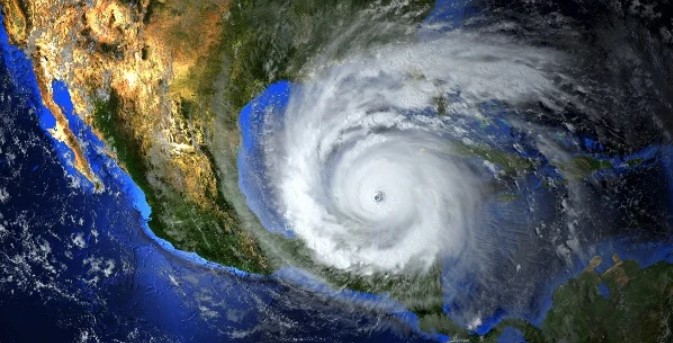

Skilled Nursing
Articles

Ensuring Vital Medication Access: Emergency Preparedness in Long-Term Care
October 26, 2023Wildfires, hurricanes, blizzards, floods, and other disasters, all of which can have a devastating effect on long-term care facilities, are happening more frequently and with increased severity. In 2022, there were 18 climate or weather disasters; as of September, this year has seen 23. These events are often unpredictable and pose a serious threat to the elderly and disabled, many of whom are medically fragile.
The Emergency Preparedness Requirements for Medicare and Medicaid Participating Providers and Suppliers rule was enacted by the Centers for Medicare and Medicaid Services in 2017 to help minimize the impact of disasters, natural or otherwise, on long-term care operations and residents. The rule requires facilities to develop a comprehensive program to meet the health, safety, and security needs of staff and residents. And some states impose additional requirements for facility emergency plans.
To protect residents before, during, and after a crisis, the rule states that facilities must establish policies and procedures to address a range of issues enterprise-wide, including meeting the needs of those residents who require prescription medications. Since continuous availability of life-and-death medications starting immediately after and for days following an extended emergency is crucial to this vulnerable population, a dependable prescription supply is critical.
Pharmacy-Related Components of an Effective Emergency Plan
A comprehensive emergency preparedness plan should include standard operating procedures to ensure vital supplies of medication are available when a disaster strikes. Central components should be reviewed annually, and should include:
- Stocking a 5 to 14-day supply of medications for all residents.
- Securing expanded or extra emergency drug kits and maintaining them in strategic points throughout the facility, ensuring security
safeguards for kits with controlled substances. - Maintaining a profile of each resident that includes the names of their medication(s), dosage, and frequency.
- Developing a process to collect and transport at least a three-day supply of medications in case of evacuation, with a plan to keep medications cool if necessary.
- Designing a plan for assembling medications for inclusion in a go pack or resident survival kit.
- Ensuring maintenance of residents’ regular medication schedules with medication reminders.
The Role of Pharmacy
Because interruptions to the normal supply of medications can result in adverse events, hospitalizations, or even resident death, it is imperative that facilities work closely with their long-term care pharmacy partner. While many preparatory actions can be undertaken by
facility staff, pharmacies should have their own preparedness plans for maintaining medication access throughout a disaster, including steps
such as:
- Filling upcoming prescriptions in advance
- Modifying delivery schedules as needed
- Securing alternate transportation and delivery routes
- Identifying backup pharmacy locations
- Establishing alternate communication protocols
Severe Weather in 2023
According to the National Oceanic and Atmospheric Association (NOAA), 2023 is the worst year on record for natural disasters. So far this year, the US has experienced 18 severe weather events, including:
- Floods: California experienced severe floods and landslides after 10 separate rainstorms hit the state in January after a long period of drought. The northeast experienced severe flooding in July.
- Ice- and hailstorms: Texas experienced ice storms across the state in February; severe hailstorms hit Texas, Minnesota, the Rockies,
and the Midwest in the spring and early summer. - Tornadoes: Tornado outbreaks caused extensive damage throughout the central, southern, and northeastern US in March and April, including the widest ever to hit the state of Delaware.
- Hurricanes: Hurricane Idalia hit the west coast of Florida in August, making landfall as a Category 4 storm with sustained winds of
125 miles per hour. - Wildfires: The Lahaina Firestorm devastated the city of Lahaina on the island of Maui in Hawaii. Fueled by strong winds and drought conditions, it was the deadliest wildfire in the US in more than 100 years.
